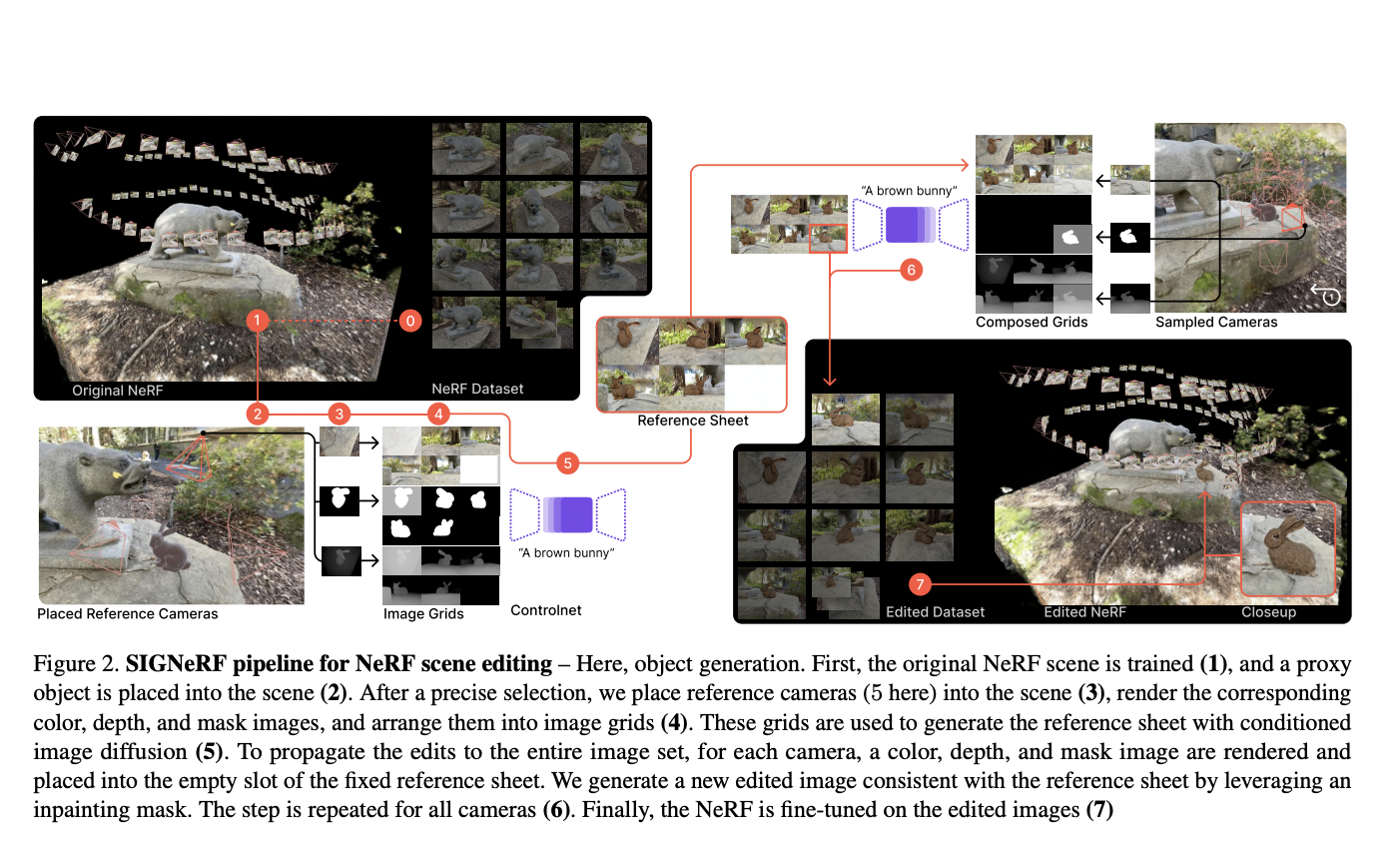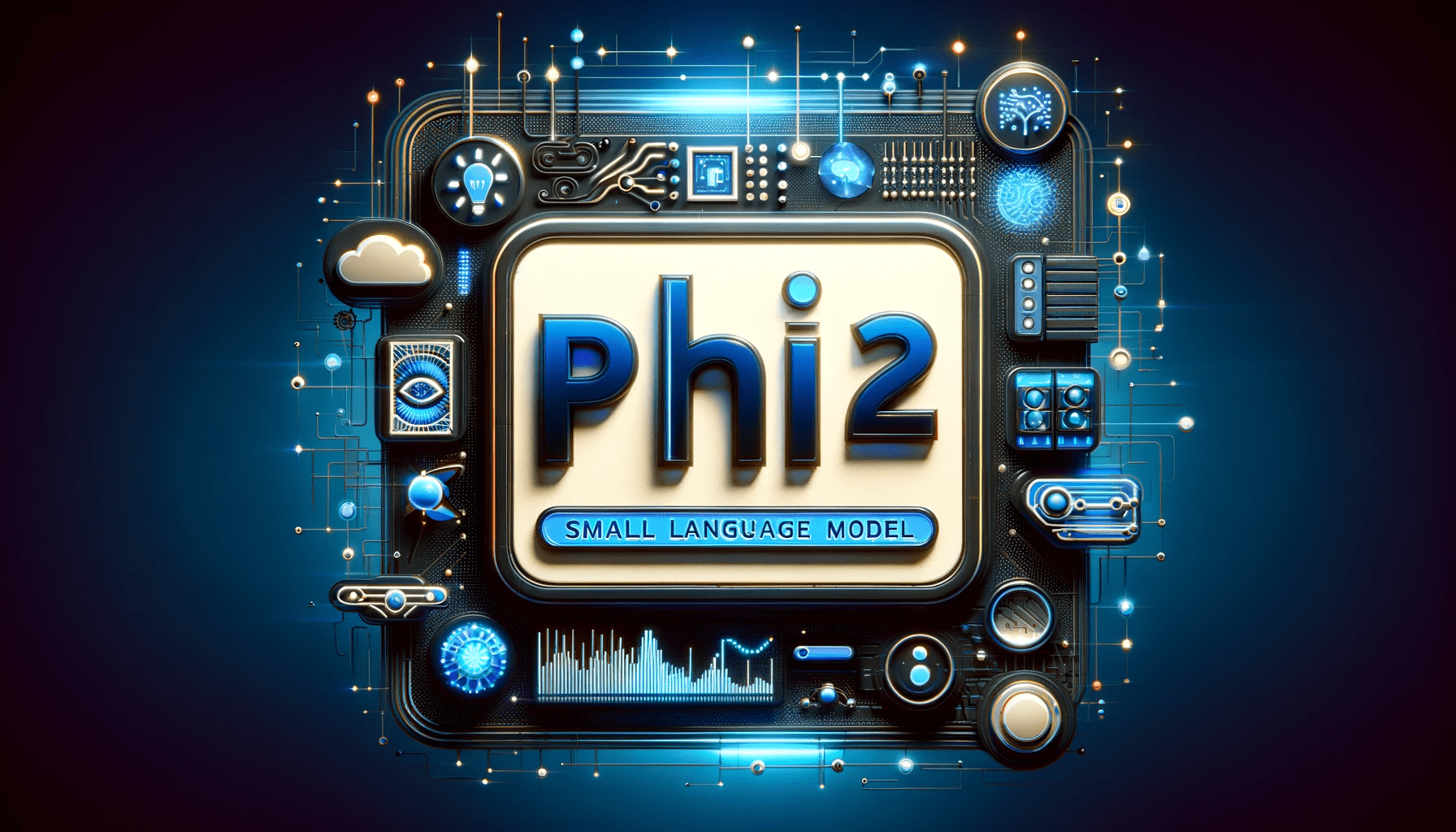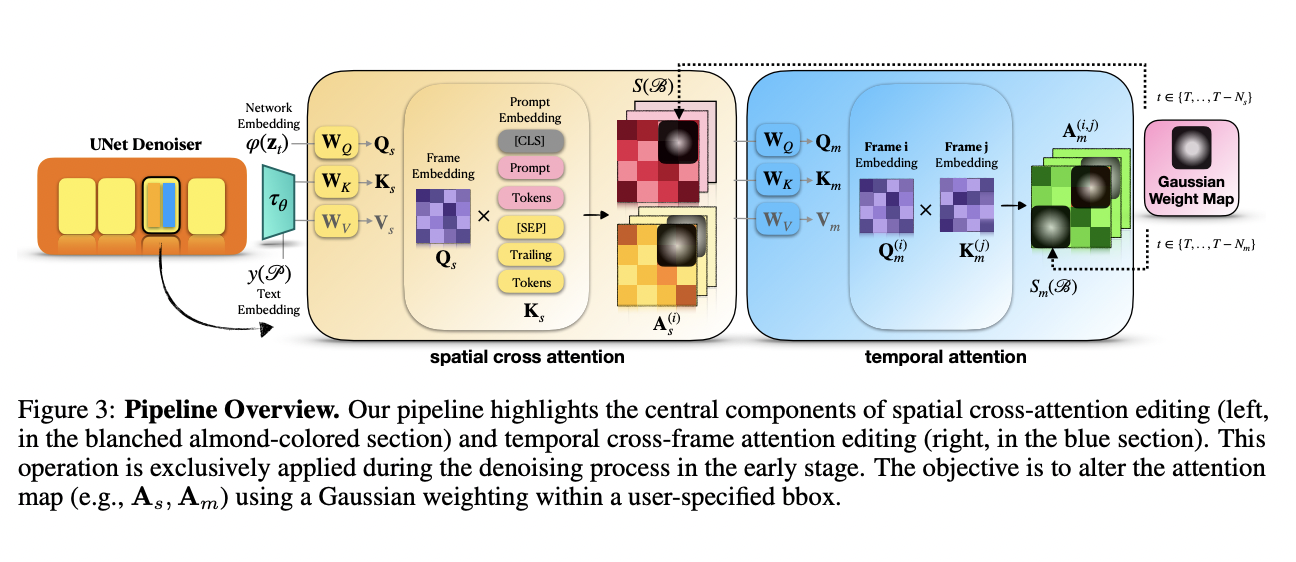Not to pick on Sebastian Bubeck in particular, but if auto-complete-on-steroid can “blow his mind,” imagine the effects on the average user. Developers and data practitioners use LLMs every day to generate code, synthetic data, and documentation. They too can be misled by inflated capabilities. It’s when humans over-trust their tools that mistakes happen. TL;DR:…










